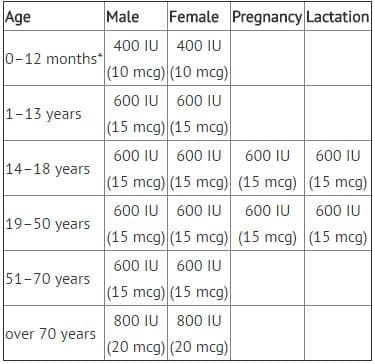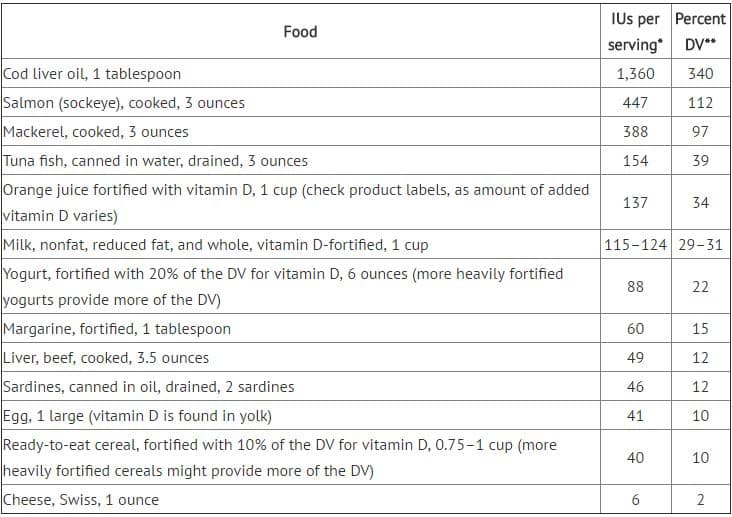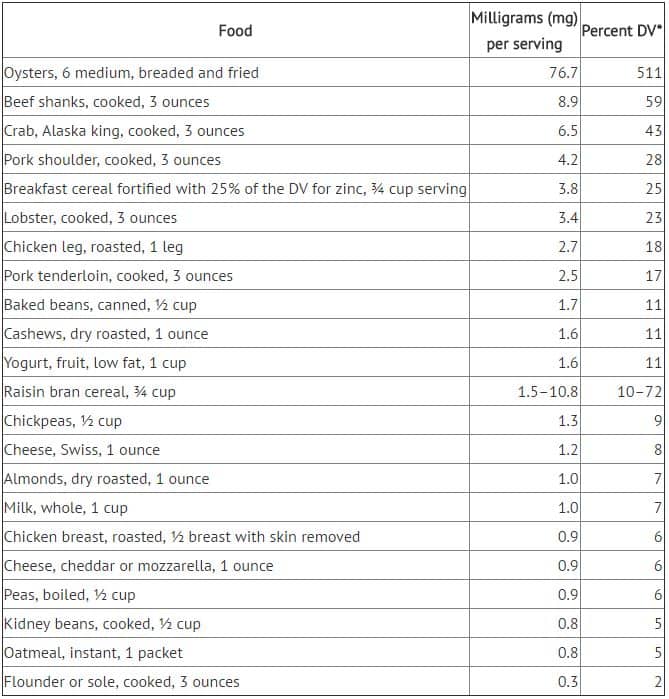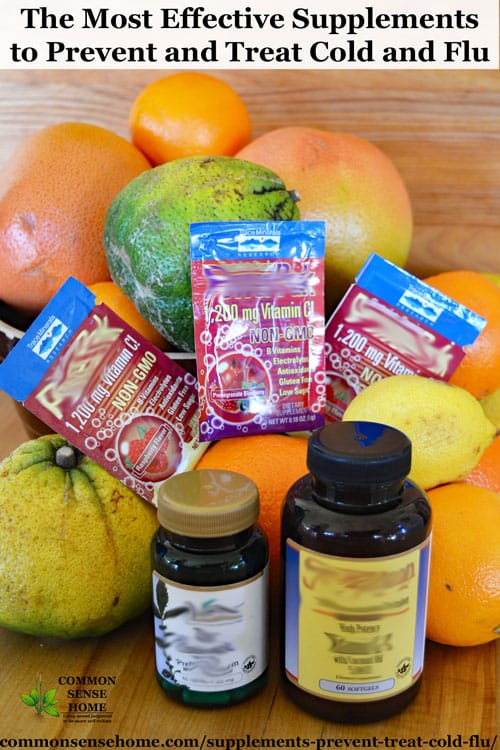The Best Supplements to Prevent and Treat Cold and Flu
This post may contain affiliate links. Read my full disclosure here.
In this post, we’ll talk about some of the most effective supplements to prevent and treat cold and flu – vitamin C, vitamin D and zinc.
The 2017-2018 cold and flu season has been the worst since 2014/2015, with the majority of flu cases linked to influenza A virus H3N2. During the week of December 13, 2017 to January 6, 2018, the CDC reported seven influenza-associated pediatric deaths, as well as a lab-confirmed hospitalization rate of 22.7 per 100,000 people. Emergency rooms across the country have been hard hit, with the flu virus widespread in nearly every state. The flu season may be peaking, but the CDC predicts 11-13 more weeks of increased flu virus activity.
Vitamin C Supplements for Cold and Flu
Vitamin C has been demonstrated to have a strong anti-viral effect. Orthomolecular.org states: “In high doses, vitamin C neutralizes free radicals, helps kill viruses, and strengthens the body’s immune system. Taking supplemental vitamin C routinely helps prevent viral infections.” It has been shown to be effective against both the swine and bird flu.
The recommended dosage on Orthomolecular.org is as follows:
For best results, take vitamin C in evenly divided doses during the waking hours. Continue taking vitamin C on this schedule until, Pauling says, you have loose stool (just short of diarrhea). After having loosened stool, reduce the vitamin C dosage reduce by about 25 per cent. If you have another loose stool, reduce the vitamin C again, but if the symptoms of the viral infection begin to return, increase the dosage. You will quickly learn how much vitamin C to take; even children can learn to do this. Continue until you are completely well. Vitamin C greatly shortens the severity and duration of viral illnesses.
How much vitamin C do you need?
The recommended daily allowance of vitamin C for adults is 60 mg/day for adults, but research suggests that this a minimum to prevent deficiency diseases such as scurvy, not promote optimal health. The Linus Pauling Institute offers a comprehensive overview of optimal vitamin C intakes for different ages and conditions. Their basic recommendation is as follows:
For healthy men and women, the Linus Pauling Institute recommends a vitamin C intake of at least 400 mg daily. Consuming at least five servings (2½ cups) of fruits and vegetables daily provides about 200 mg of vitamin C. Most multivitamin supplements provide 60 mg of vitamin C. To make sure you meet the Institute’s recommendation, supplemental vitamin C in two separate small doses taken in the morning and evening is recommended.
I enjoy Trace Minerals Power Paks (raspberry flavor) as a vitamin C supplement that also provides an assortment of other needed minerals.
What are the best food sources of vitamin C?
The National Institute of Health provides the following information on vitamin C content of common foods.
| Food | Milligrams (mg) per serving | Percent (%) DV |
| Red pepper, sweet, raw, ½ cup | 95 | 106 |
| Orange juice, ¾ cup | 93 | 103 |
| Orange, 1 medium | 70 | 78 |
| Grapefruit juice, ¾ cup | 70 | 78 |
| Kiwifruit, 1 medium | 64 | 71 |
| Green pepper, sweet, raw, ½ cup | 60 | 67 |
| Broccoli, cooked, ½ cup | 51 | 57 |
| Strawberries, fresh, sliced, ½ cup | 49 | 54 |
| Brussels sprouts, cooked, ½ cup | 48 | 53 |
| Grapefruit, ½ medium | 39 | 43 |
| Broccoli, raw, ½ cup | 39 | 43 |
| Tomato juice, ¾ cup | 33 | 37 |
| Cantaloupe, ½ cup | 29 | 32 |
| Cabbage, cooked, ½ cup | 28 | 31 |
| Cauliflower, raw, ½ cup | 26 | 29 |
| Potato, baked, 1 medium | 17 | 19 |
| Tomato, raw, 1 medium | 17 | 19 |
| Spinach, cooked, ½ cup | 9 | 10 |
| Green peas, frozen, cooked, ½ cup | 8 | 9 |
One of my personal favorites for winter vitamin C – raw sauerkraut. The German Food Guide states that 3.5 ounces (100 grams) of raw sauerkraut has 15 mg of Vitamin C.
Vitamin D Supplements for Colds and Flu
Did you know cholesterol acts as a building block for vitamin D in our bodies? (Learn more about how cholesterol works in our bodies and why we need it.)
The World’s Healthiest Foods website explains:
Cholesterol is the basic building block of vitamin D in humans….when ultraviolet light hits the cells of our skin, one form of cholesterol found in our skin cells-called 7-dehydrocholesterol-can be converted into cholecalciferol, a form of vitamin D3.
The best source of vitamin D is sun exposure, which of course is often difficult to come by in winter. In lieu of sunlight, food and supplements are your next best option.
The RDA for vitamin D from the National Institute of Health is as follows:
Table 2: Recommended Dietary Allowances (RDAs) for Vitamin D [1]
Would you like to save this?
In 2010, the National Academy of Sciences set Tolerable Upper Intake Levels (ULs) for vitamin D as follows (source):
- infants, 0-6 months: 25 micrograms (1,000 IU) per day
- infants, 6-12 months: 38 micrograms (1,500 IU) per day
- 1-3 year old children: 63 micrograms (2,500 IU) per day
- 4-8 year year old children: 75 micrograms (3,000 IU)per day
- 9-18 years old children and adolescents: 100 micrograms (4,000 IU) per day
- adults, 19 years and older: 100 micrograms (4,000 IU) per day
- pregnant and lactating women, 100 micrograms (4,000 IU) per day.
As you can see, there’s a pretty big difference in those numbers, and some individuals with chronically low levels may need additional supplementation. Studies have linked low vitamin D levels to increased risk of cold and flu.
What are the Best Food Sources of Vitamin D?
The National Institute of Health lists some of the top foods for vitamin D:
Table 3: Selected Food Sources of Vitamin D [11]
** DV = Daily Value. DVs were developed by the U.S. Food and Drug Administration to help consumers compare the nutrient contents among products within the context of a total daily diet. The DV for vitamin D is currently set at 400 IU for adults and children age 4 and older. Food labels, however, are not required to list vitamin D content unless a food has been fortified with this nutrient. Foods providing 20% or more of the DV are considered to be high sources of a nutrient, but foods providing lower percentages of the DV also contribute to a healthful diet.
Personally, I wouldn’t touch the margarine, and am not too keen on the breakfast cereal. Mushrooms didn’t make their list, either, and they can be a good source of vitamin D. I’d prefer whole, raw milk, too. Vitamin D is a FAT SOLUBLE VITAMIN – which means your body can’t use it without fat.
Zinc Supplements for Colds and Flu
It has been shown that zinc lozenges or syrup taken early in the course of a cold can shorten its duration and severity. WebMD states:
First, zinc interferes with the ability of rhinoviruses, which are responsible for about 80% of all colds, to reproduce. Second, it appears to block their ability to dock on cell membranes and subsequently cause infection.
Some well rated zinc supplements for cold and flu include:
- Zinc Chewable Gummies with Echinacea
- EZC Pak Echinacea, Zinc and Vitamin C Supplements
- MediNatura ReBoost Zinc +10 Tablets
If you would like to get your zinc from food sources, the top foods recommended by the National Institute of Health are as follows:
A wide variety of foods contain zinc (Table 2) [2]. Oysters contain more zinc per serving than any other food, but red meat and poultry provide the majority of zinc in the American diet. Other good food sources include beans, nuts, certain types of seafood (such as crab and lobster), whole grains, fortified breakfast cereals, and dairy products [2,11].
Phytates—which are present in whole-grain breads, cereals, legumes, and other foods—bind zinc and inhibit its absorption [2,12,13]. Thus, the bioavailability of zinc from grains and plant foods is lower than that from animal foods, although many grain- and plant-based foods are still good sources of zinc [2].
Table 2: Selected Food Sources of Zinc [11]
Good Nutrition is Your First Line of Defense Against Colds and Flu
If you eat a variety of real foods, including plenty of vegetables and fruits, fermented foods, bone broths and organ meats, you’ll be well on your way to getting what you need to help your body stay healthy. Regular exercise and time in the sun is also very important. If you’re going to use supplements, choose a reliable brand.
If you’ve found this post helpful, you may also enjoy the other posts in the series:
- Thieves Vinegar – Immune Booster and Germ Killer
- Probiotics for Colds and Flu – Fewer Symptoms, Faster Recovery Time
- Knock Out Cold and Flu Germs with Essential Oils
Originally published in 2014, updated in 2016, 2018.






I’m surprised Elderberry isn’t on this list. Elderberry has been proven to reduce the instances of getting upper respiratory infections. Last year, I took a tsp of elderberry syrup every day and didn’t get one cold. (Disclosure: I did get the flu shot to protect against that year’s flu strain.)
This post focuses on vitamins and minerals. There’s an entire post dedicated to the use of elderberry syrup and its benefits at https://commonsensehome.com/elderberry-syrup/
A natural immune booster is also a great option if you do not have time to cook such great food each day!
‘What are the Best Food Sources of Vitamin D?’ suggests that food is the best source of this vitamin, but it’s not.
Vitamin D is produced by our own body under influence of sunlight on our skin. Every day enough direct sunlight (not behind glass!) produces enough vitamin D.
In countries where this is difficult in winter time, we can use extra vitamin D pills, which are inexpencive.
Daan – if you’d read the post, you would note that I state, “The best source of vitamin D is sun exposure, which of course is often difficult to come by in winter. In lieu of sunlight, food and supplements are your next best option.”
This winter we have had 55 days of below zero temperatures. I have not had any significant sunlight exposure in months. I have not gotten sick beyond a short bout of sniffles, because I follow my own advice.
Thanks Kathy and Jill!
Beth – that's great! I actually like oysters, but it's very hard to find good quality ones around here. I've been buying some smoked ones canned in olive oil through my natural foods buying club. Watch out for those canned in cottonseed oil. Cotton is one of THE most sprayed crops.
I ate raw oysters (for the first time ever!) yesterday and the day before, it was like a craving, I REALLY wanted to eat them. I've been sick for the past week and I'm thinking that because of the high zinc content my body just "knew" it needed those oysters. With lemon juice and hot sauce, I actually liked them, although I do believe they are a bit of an acquired taste. I was happy to add another raw food to my repertoire as well.
Thank you! I have to get some ink and print these things out.
Oh shoot, Connie! I hope something in one of the posts helps. I used to get strep all the time as a teenager.
This is wonderful, considering I am fighting strep throat and a horrible cold right now.
Thank you for posting.
Connie